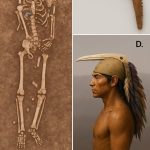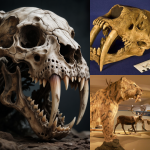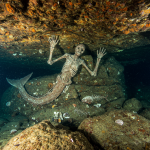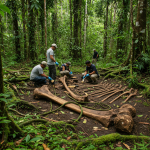Colossal Sea Dragon Unearthed: 10-Meter Ichthyosaur Fossil Stuns Paleontologists in England
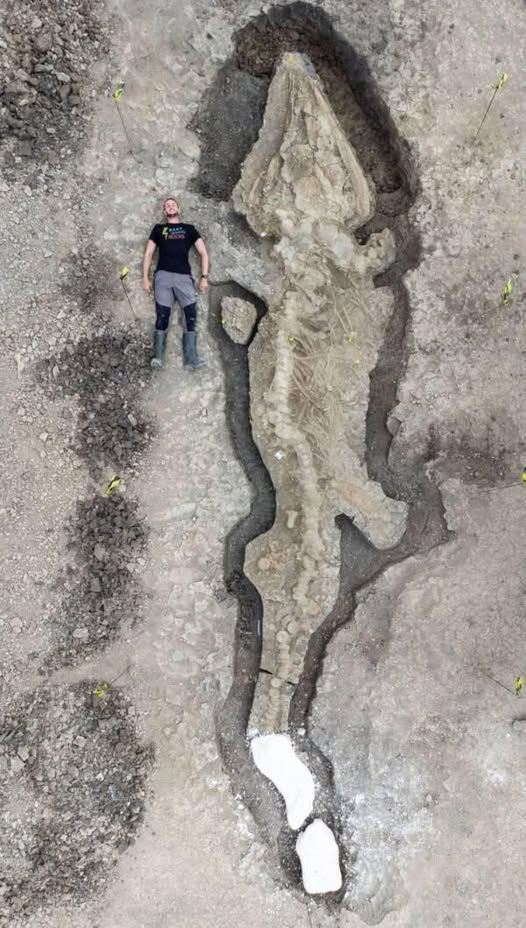
In a monumental discovery that has sent ripples through the paleontological world, researchers in England have uncovered the fossilized remains of a massive 10-meter-long ichthyosaur, dubbed a “sea dragon,” dating back to the Jurassic period approximately 180 million years ago. Unearthed from a limestone quarry in Oxfordshire on July 3, 2025, this colossal marine reptile boasts a skull twice the weight of a grizzly bear and a body larger than a school bus, making it one of the largest ichthyosaurs ever found. The fossil’s remarkable preservation, with intricate details of its vertebrae, ribs, and paddle-like limbs intact, suggests it ruled ancient oceans as a top predator. This awe-inspiring find, announced amid global excitement, not only highlights the sheer scale of prehistoric marine life but also raises questions about the ecosystems that supported such giants, captivating scientists and enthusiasts alike.

Preliminary analysis reveals the ichthyosaur, likely a member of the Temnodontosaurus genus, possessed a robust jaw filled with conical teeth, indicating a diet of large prey like fish and other marine reptiles. Found in a sediment layer rich with ammonite shells and fossilized seaweed, the skeleton’s context suggests it inhabited a vibrant, prey-rich ocean during the Early Jurassic. Radiocarbon dating is not applicable to such ancient fossils, but stratigraphic analysis confirms its age, aligning with a period when warm, shallow seas covered much of what is now Europe. Accompanying fragments of smaller marine fossils hint at a complex food web, while the absence of scavenging marks suggests rapid burial in an oxygen-poor environment, preserving the skeleton’s pristine condition. Posts on X have fueled public fascination, with some comparing the sea dragon to mythical creatures like the Loch Ness Monster, though scientists emphasize its evolutionary significance, urging further study through CT scanning and 3D modeling to reconstruct its life and environment.
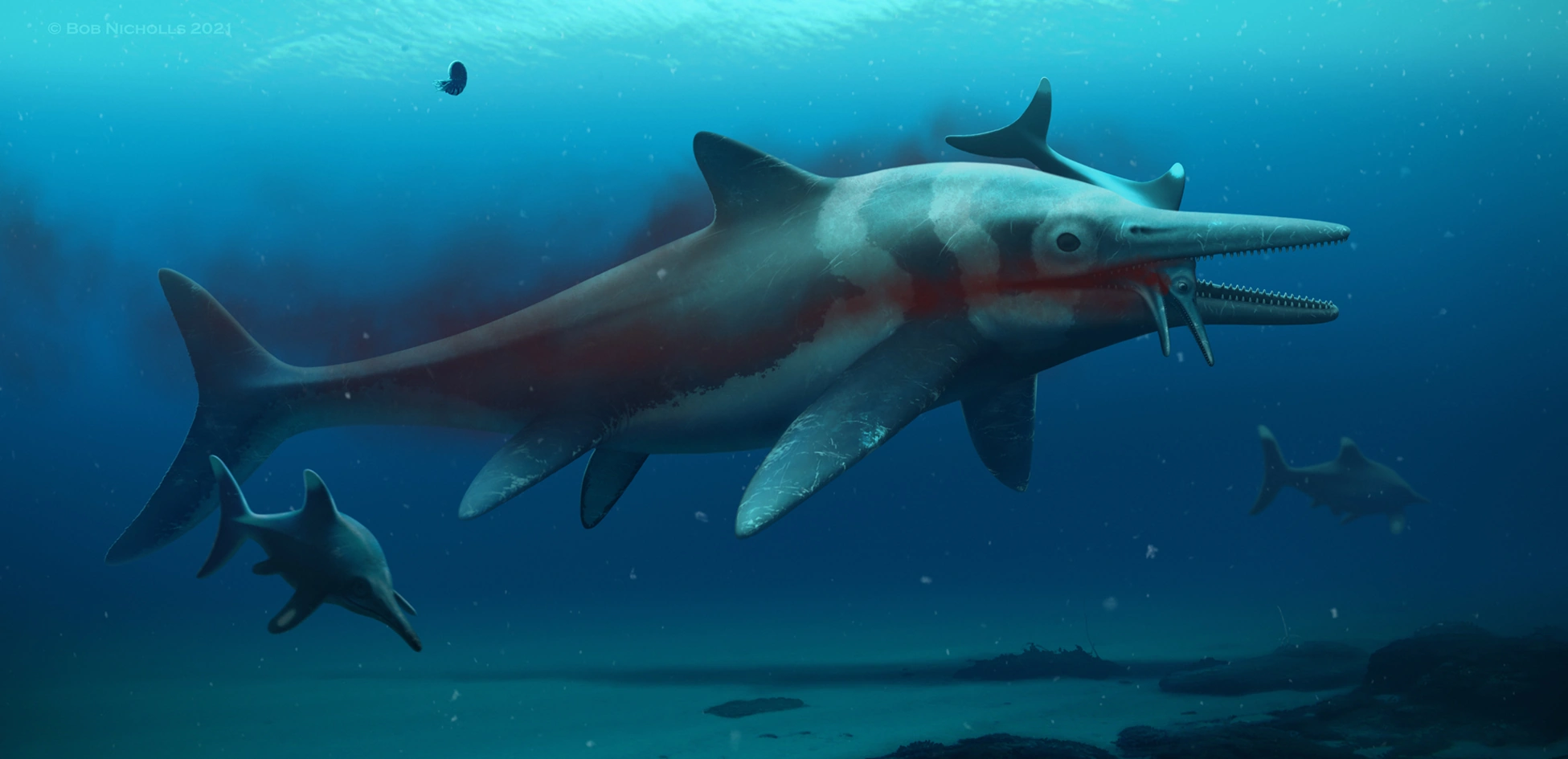
The global reaction to this colossal sea dragon has been electric, with images of the massive fossil flooding social media, drawing comparisons to legendary sea monsters in folklore from Norse krakens to Polynesian taniwha. Paleontologists, while cautious, hail the find as a potential key to understanding ichthyosaur diversity and adaptation, with its size suggesting a species that pushed the limits of marine reptile physiology. The logistical challenges of excavating and preserving such a massive specimen, now under careful protection to prevent damage, have sparked calls for public exhibitions, though limited site access has fueled speculation about additional undiscovered fossils nearby. As researchers race to analyze the skeleton and its surrounding matrix, this Jurassic giant stands as a testament to the awe-inspiring power of ancient oceans, urging humanity to reconsider the scale and splendor of the creatures that once ruled the deep.



